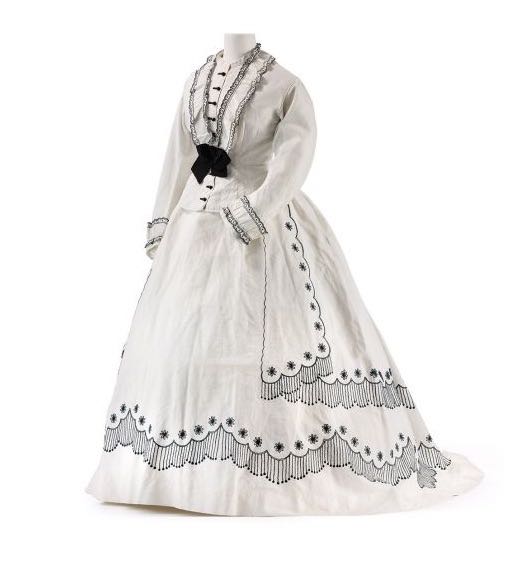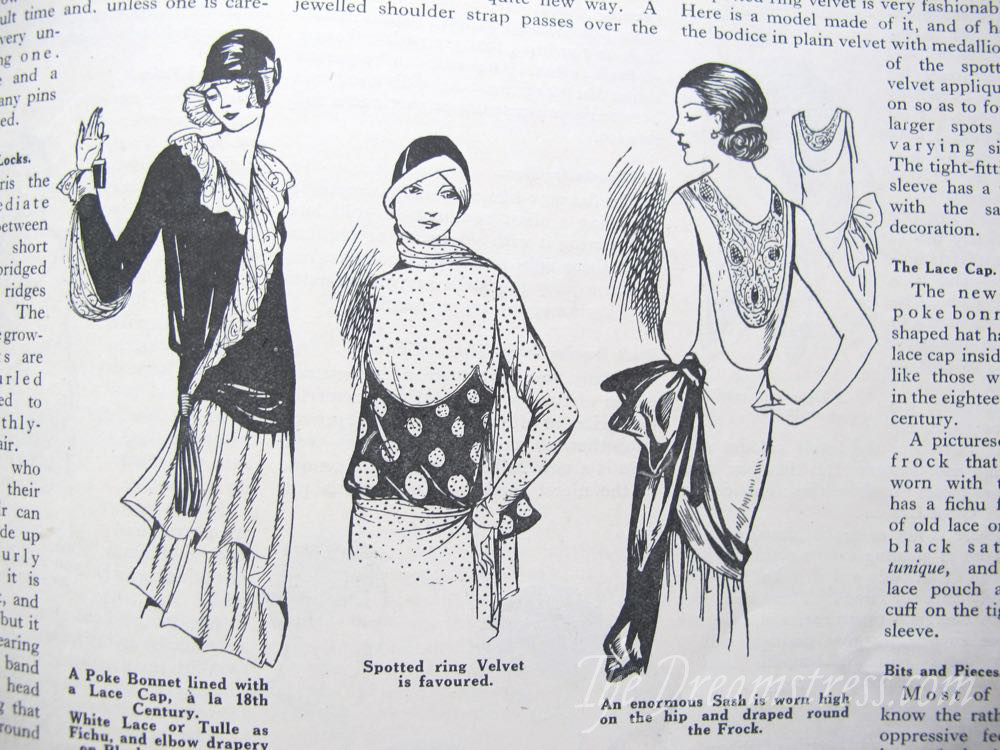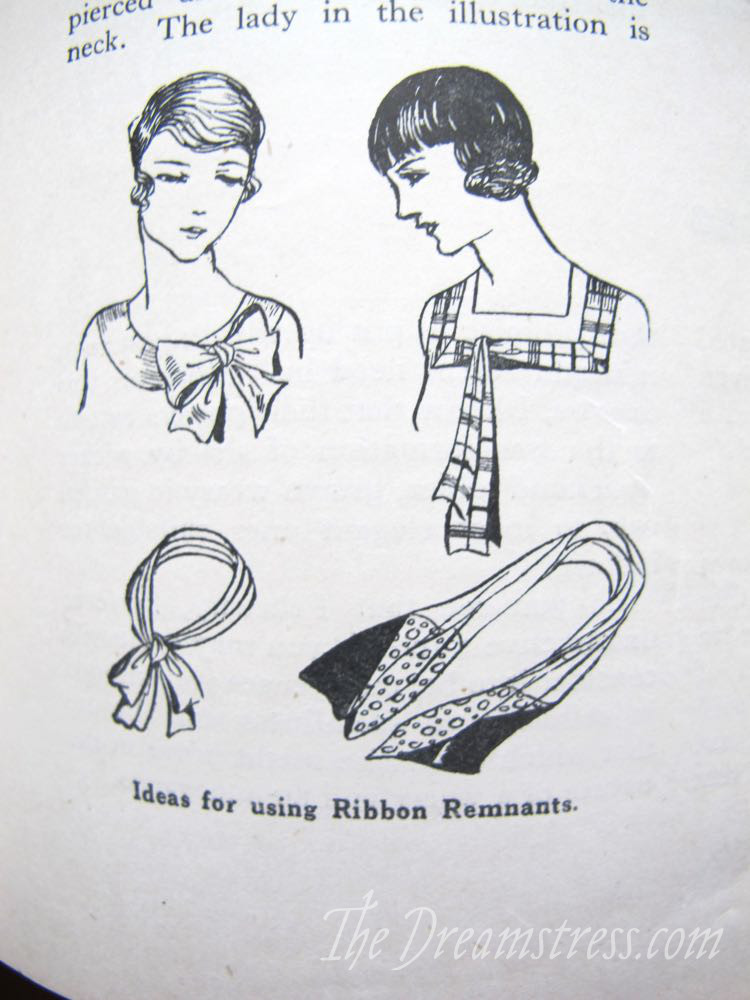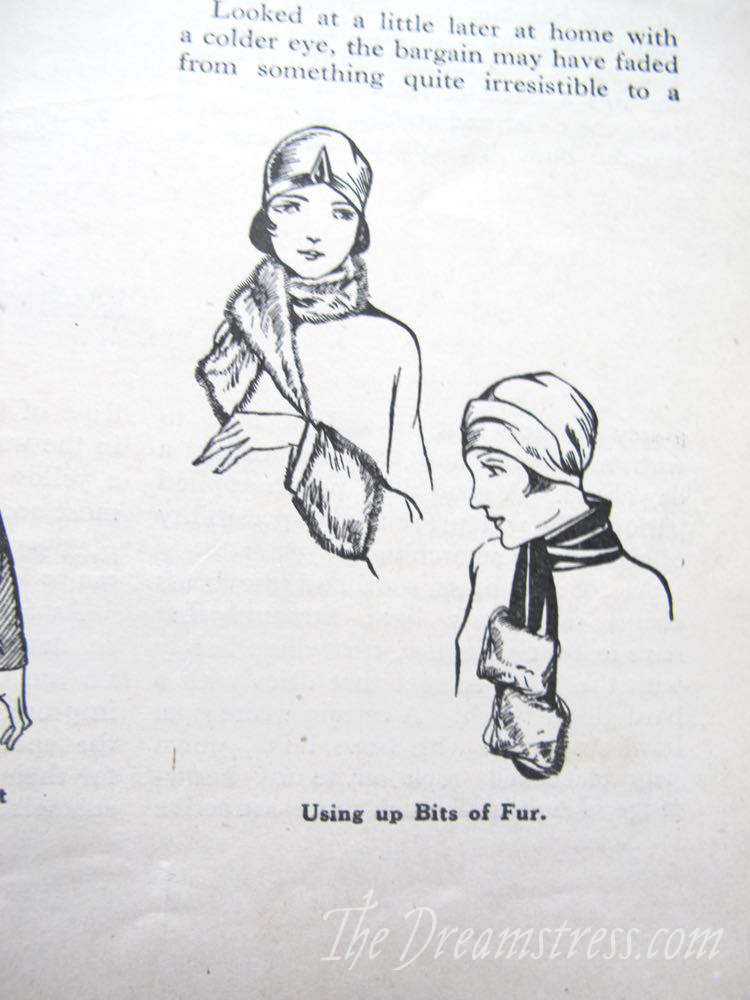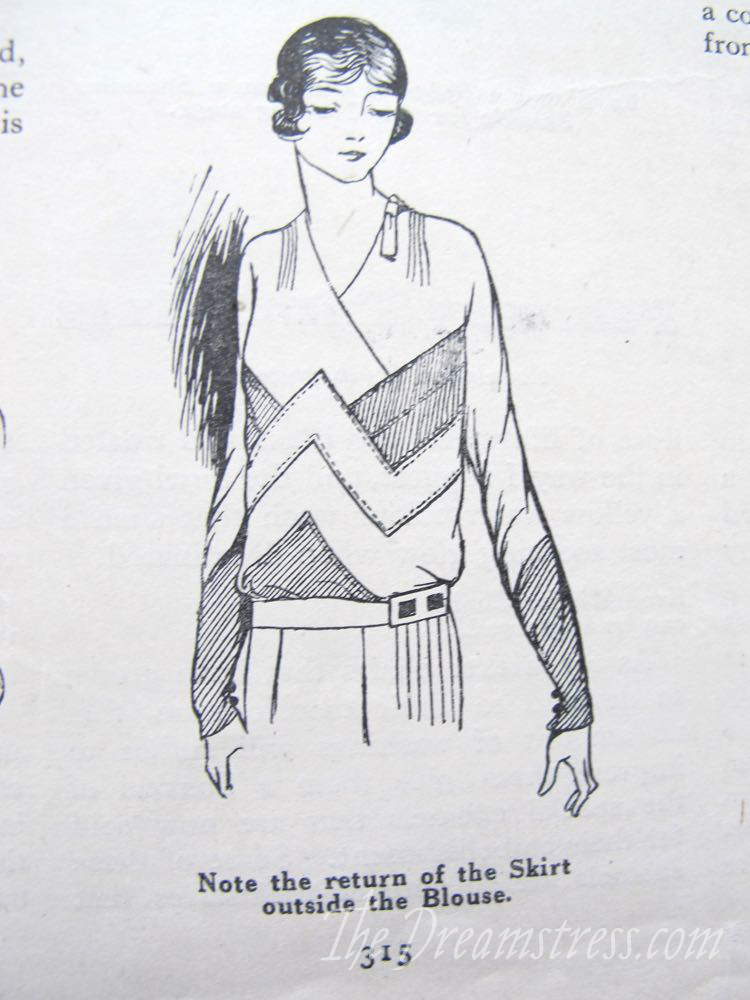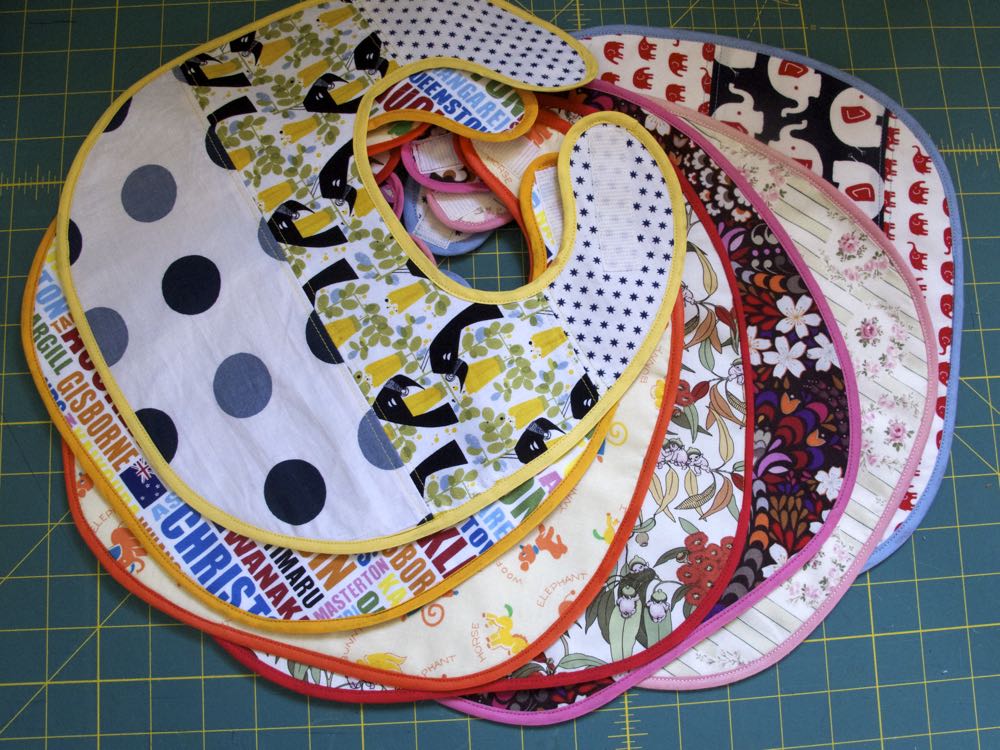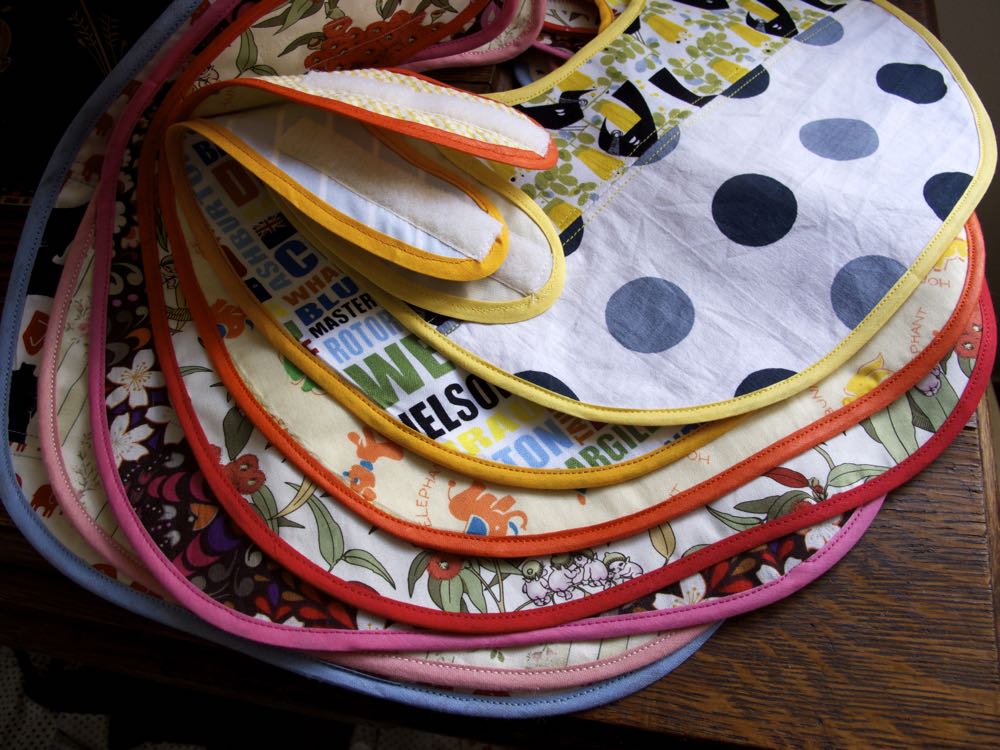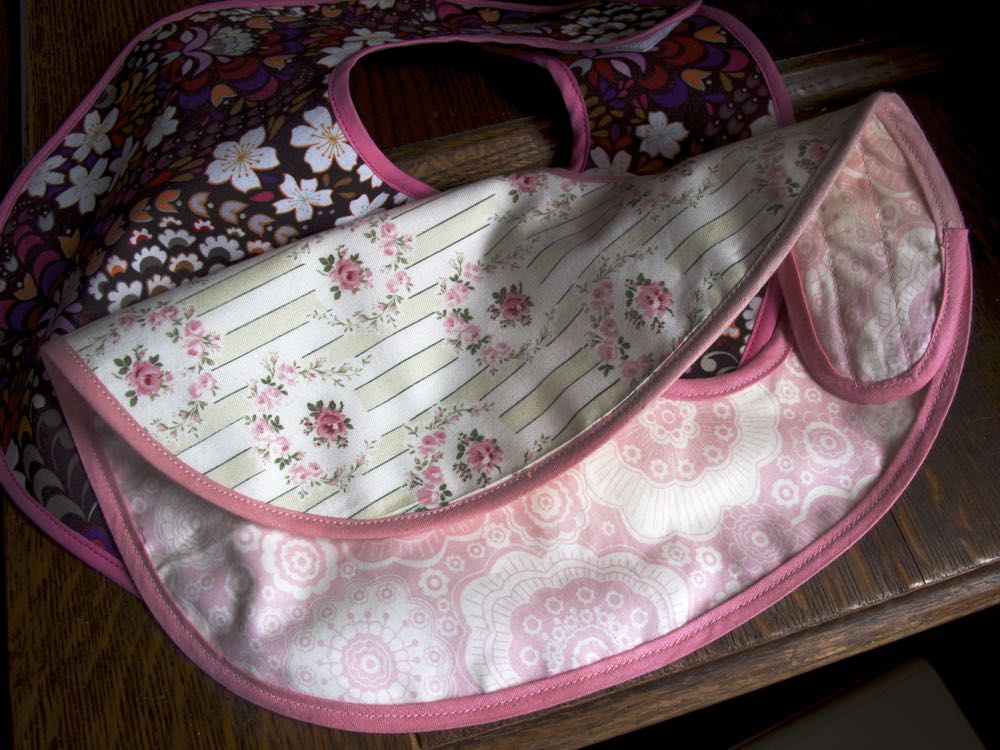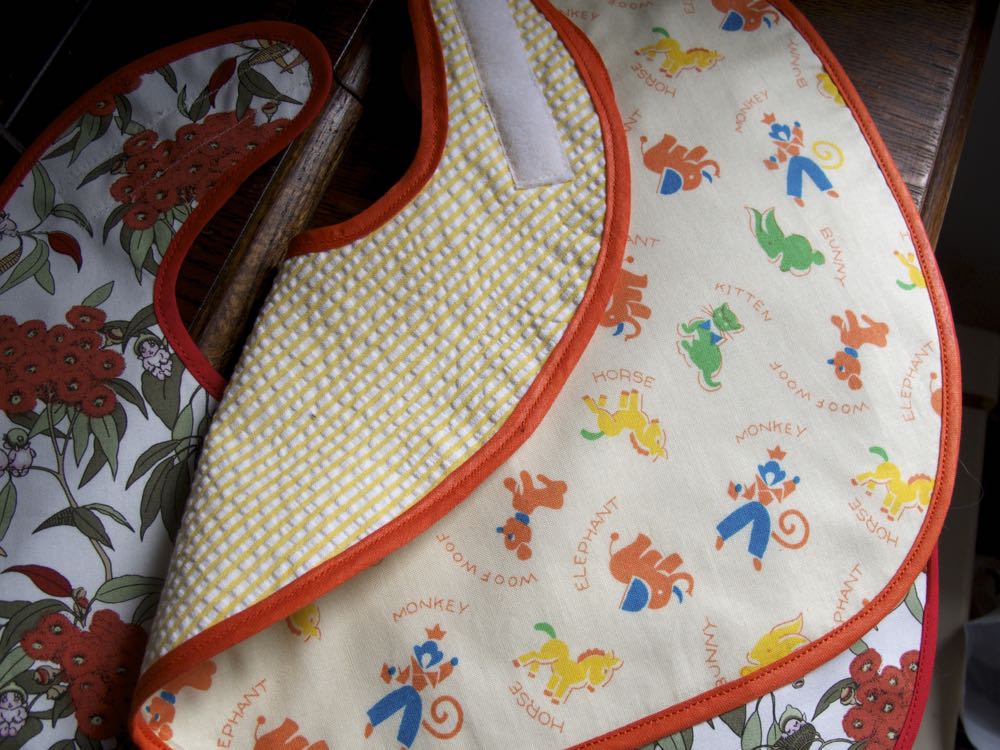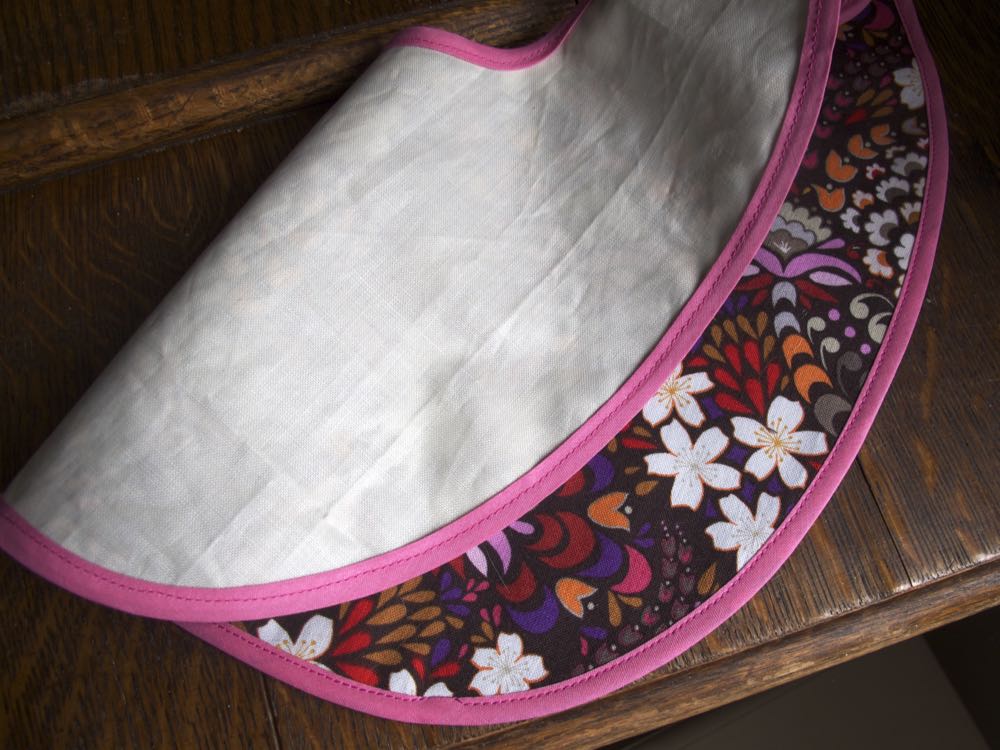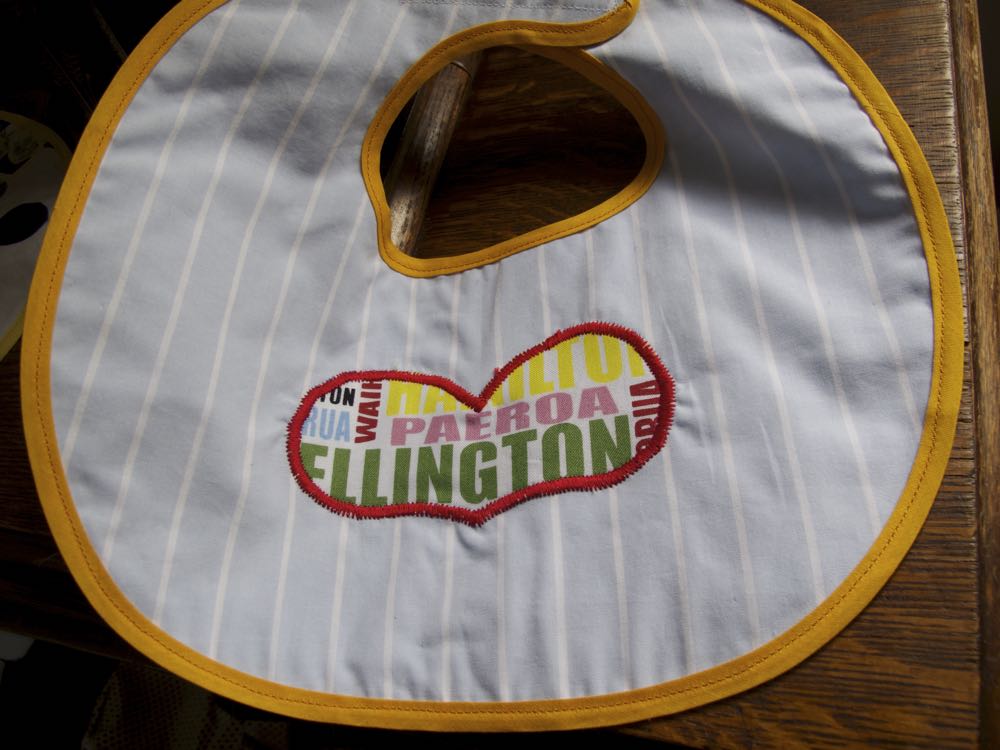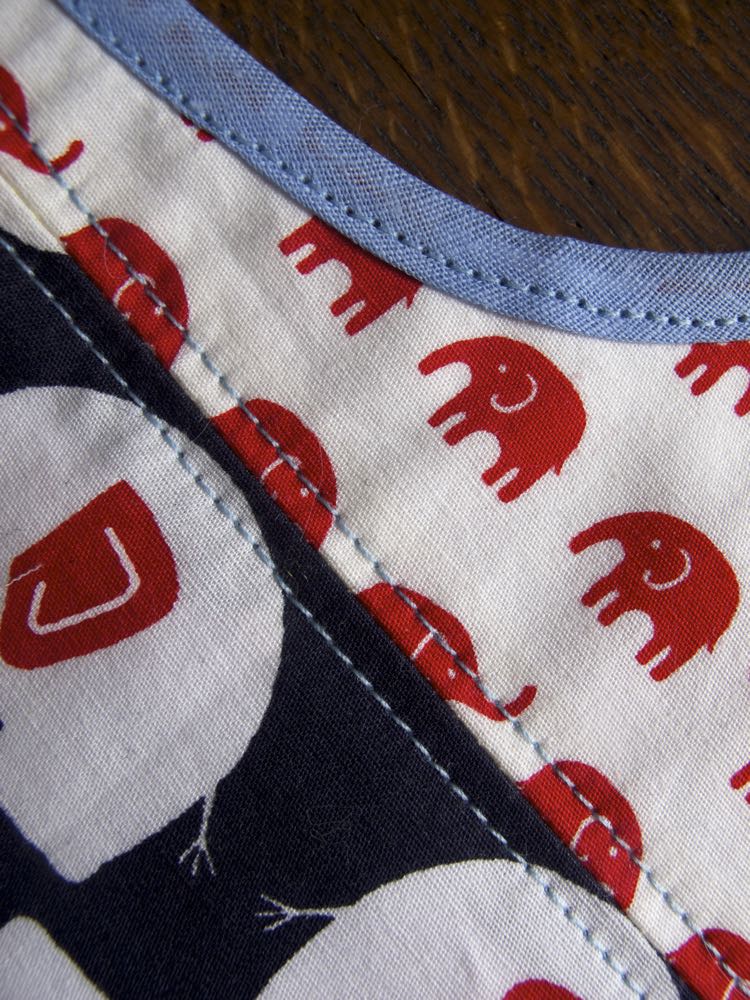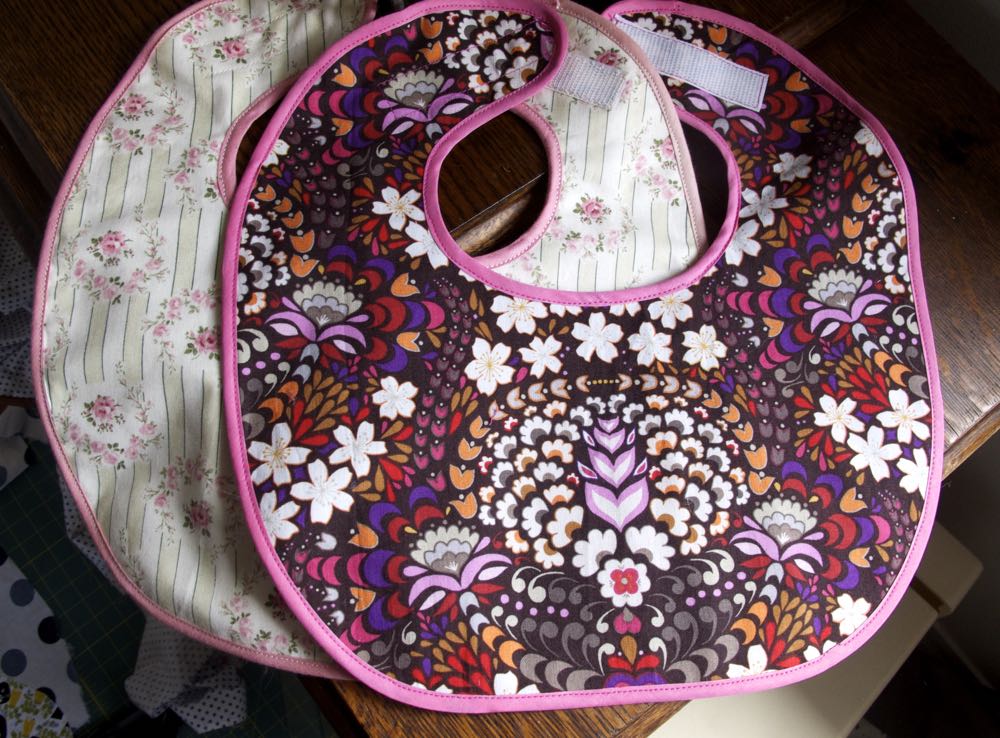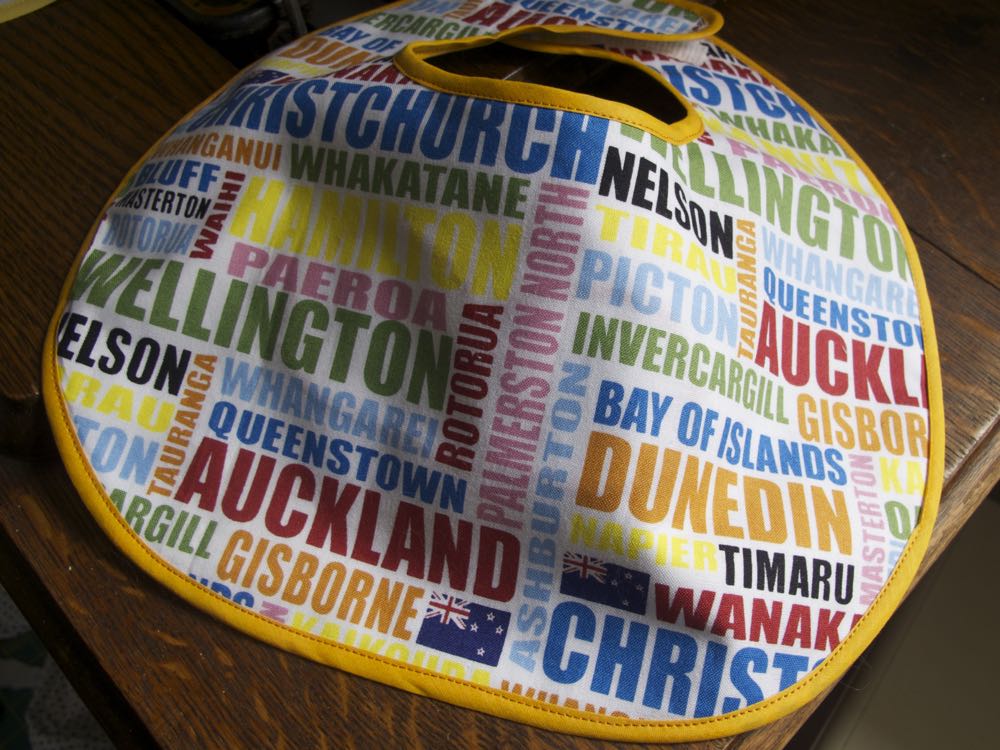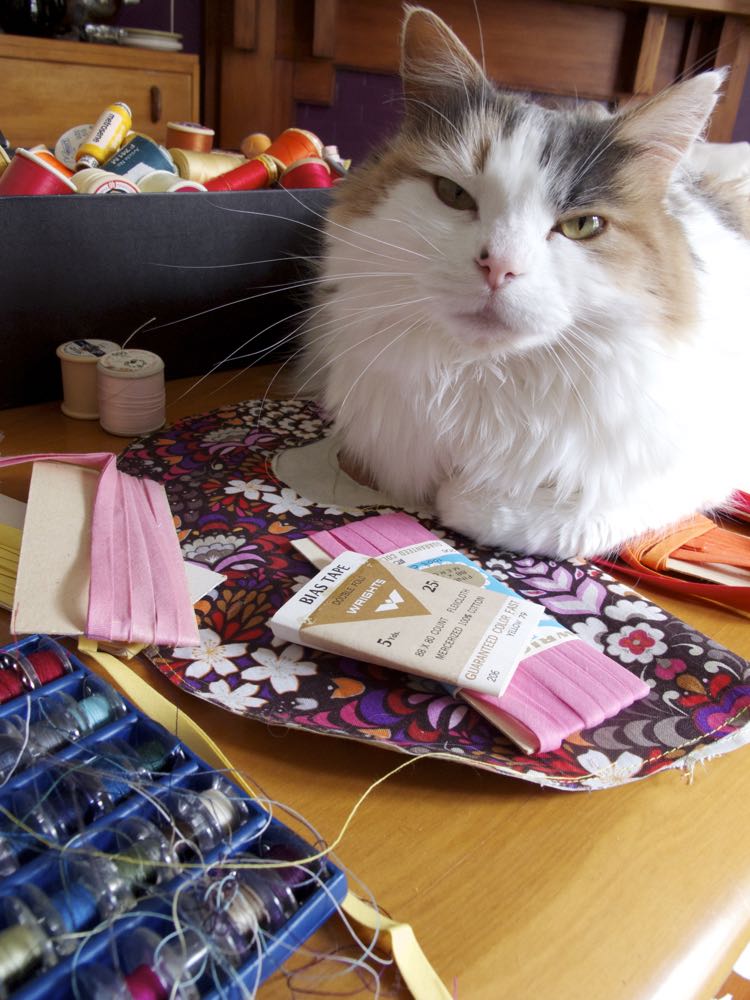Last week there were Arguments Over an Apron. Did it’s fabulousness make the ensemble? Or was it fabulous, but didn’t actually fit with the rest of the outfit? Or, in its flimsiness, was it an insult to people who actually had to wear aprons to keep from really soiling their clothes? If you were the first, you gave it an average of 9.5 out of 10, the second or the third, only a 7. But the first far outweighted the second, bringing out lady in green and gold, complete with embroidered apron, in at a fabulous 9 out of 10.
It’s actually, finally, getting properly warm down here in NZ, and I am looking forward to summer frocks. This week’s Rate the Dress pick celebrates the warmer weather:
This two piece ensemble is classic mid 1860s, and uses the typical flat braid or embroidery embellishment of the period in a particularly interesting way: to create two layers of trompe l’oeil overskirt, completed with turned back revers.
What do you think? Do you like the crisp black and white? The clever play on embellishment?
Rate the Dress on a Scale of 1 to 10

